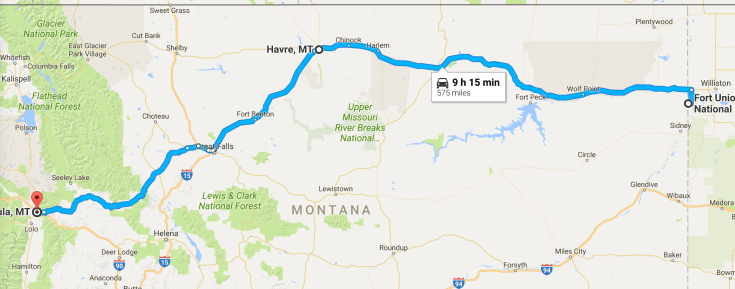After a few days of boondocking it’s nice to hit a full hookup campground for a night just to get everything back in ship-shape. The Airstream is inevitably full of dirt and gravel tracked in from the campsite, we are perhaps a bit less fresh than we’d like to be (due to careful conservation of water), all the little electronic devices we carry need charging up, the laundry basket is full, it’s time to get some groceries, and maybe dump the tanks if there wasn’t a place to do it before.
The definition of many Airstreamers is “someone who spends $75,000 on a trailer and then looks for free campsites,” and there’s a bit of truth in that. But there’s a good reason. I personally hate paying the rates commercial campgrounds charge when what we get in return is a lengthy set of rules, a tedious check-in process, an un-level campsite with dodgy electric, street noise, and neighbors so close we can hear them chewing. We look for the state park and federal sites not because they’re cheaper (or free) but because they are so much less annoying.
But sometimes you need the full hookups. In this part of eastern Montana there aren’t a lot of choices in campgrounds. A few nice-sounding Federal and State campgrounds didn’t have the services we needed and were too far off in the boonies for our needs, so we just grabbed the first commercial campground we could along Route 2, “the Hi-Line” road—and resolved to accept whatever fate handed us.
As it turned out we got pretty lucky and found a residential park that had a few transient spaces available, for $25 a night. The site was a lumpy bit of dirt but it was quiet, the utilities worked and the friendly manager even tipped Eleanor off to the best washing machine in the laundry room. The town was too small to have a decent grocery store but we’d find groceries further west in Havre later.
Last spring when I was planning this trip I wanted to travel the Hi-Line across Montana to see what the small towns and native reservations looked like, and because it was an appealing alternative to I-94. There really isn’t much to grab the tourist’s attention along this route except for a dinosaur museum in Malta, the Fort Peck area around the reservoir, and a few other small curiosities such as a buffalo jump and some roadside art. The road is reputed to be the most dangerous in Montana, due to a 70 MPH speed limit and few passing lanes. Still, I’m glad we took this path at least once.
At Havre we faced a decision: continue along Rt 2 to the Glacier area, or dive south through Great Falls and back to the Interstate at Missoula? Bert Gildart told us the crowds around Glacier and the Flathead Lake area were unbearable (by Montana standards) and a look at ReserveAmerica confirmed it: all Glacier-area campgrounds booked solid. No, thanks. We’ll come back another time when it’s not peak season and the NPS isn’t driving attendance up with their centennial celebration.
So we are going to press on westward, heading for the northwest corner of Washington around the North Cascades National Park, where hopefully things will be quieter. This means a lot of driving over the weekend, but that’s fine if it yields a few days of really nice country at the end, and this way we’ll arrive in the park when a lot of working folk are heading back to home. Besides, we need to get to Seattle in less than a week, so we’ve dawdled as much as we can.
Two related observations:
- When I tell non-Airstreamers that we are taking “only” a month to cross the country, they always give me a peculiar look. They’re used to the idea that you can only take off a little vacation time and so such a trip must be a rush-rush thing. So I explain to them that having the Airstream means I can work as I travel—relatively little of my time is spent “vacationing”— and slow down to enjoy things more. Usually this gets me a blanker stare.
This trip has been a relatively quick one. We will have traveled well over 3,000 miles from Vermont to Washington in 25 days, which is an average of 120 miles per day. There have been so many times we wished we could detour further, stay longer, relax more on this itinerary. I think the ideal amount of time to cross the USA is about two to three months. Maybe when we’re closer to retirement we can slow down and travel like we did in the 2005-2008 full-timing days.
- When thinking about North Cascades National Park, I realized that we have been to 38 of the 58 designated National Parks in the NPS system so far. We’ll bag two more—Mt Rainier and North Cascades—before this trip is over. We may never see some of the National Parks (like American Samoa and Virgin Islands) but I do think we’ll continue visiting the 400+ units of the National Park Service for the rest of our lives. They are an amazing treasure and the best value for an Airstream owner anywhere.
















